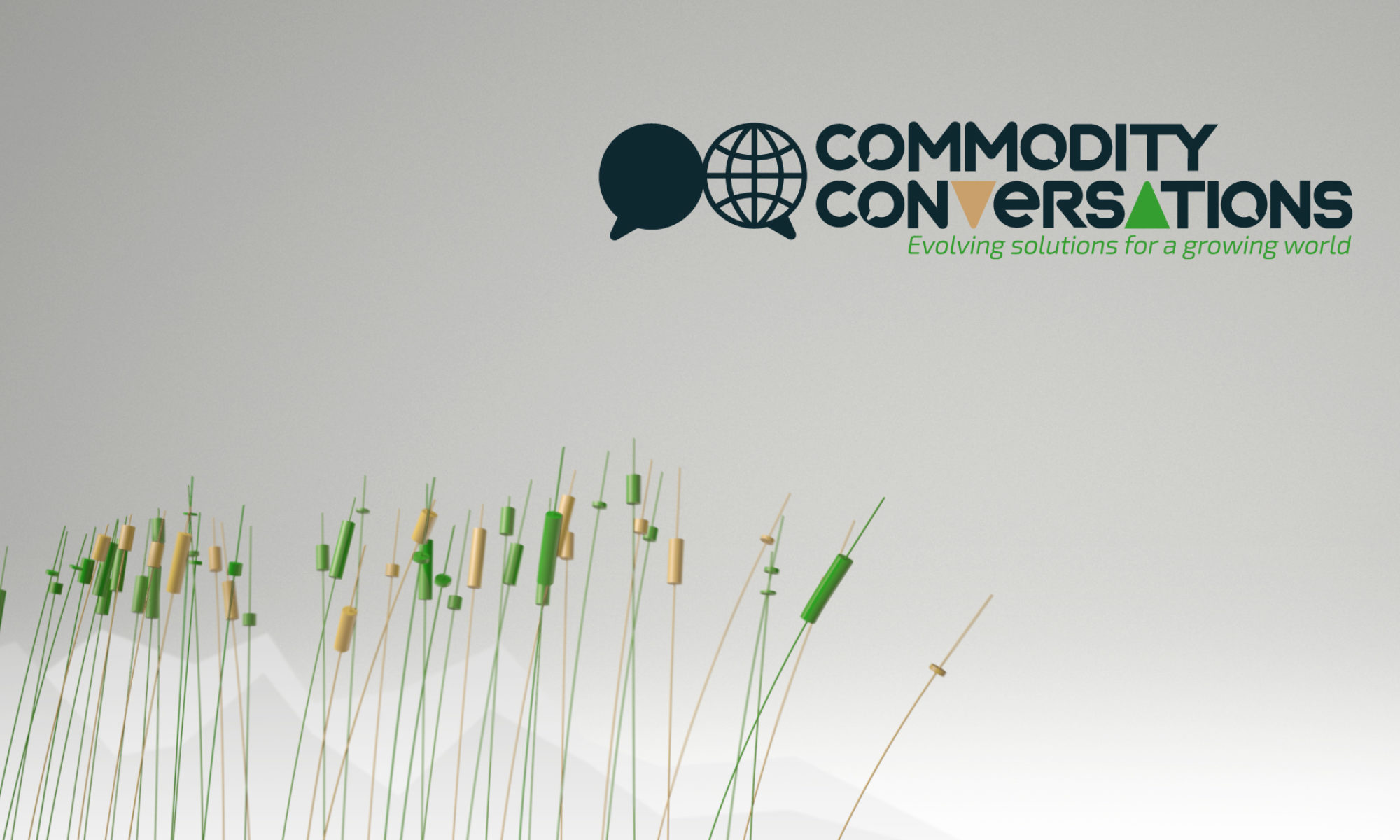ANALYSIS: EU faces fresh fears of tight rapeseed supply in 2020
The European Union is facing another period of tight rapeseed supply through the second half of its marketing year after drought left its crop at its lowest level in 13 years, while exports from Ukraine are showing signs of drying up.
Imports of the oilseed surged 77% on last year to 2.67 million mt between July and November, leaving a gap of 3.91 million mt still to be imported before June 2020 if the import forecast by the European Commission is to be met.
Nearly 80% of this year’s imports have been supplied by Ukraine, but exports for this season are now running dry as shipped volumes near the 2.85 million mt ceiling of Ukraine’s exportable surplus.
“There are only crumbs left to be shipped, while the main volumes are already contracted. The season has almost finished in Ukraine,” a Ukraine-based market analyst said.
“We are fully sold out on old crop seeds, there isn’t anything left to sell and discussions are now focusing on new crop, which will be harvested next June,” a Ukrainian broker said.
Ukraine started its export program in June and had already shipped 2.54 million mt by the start of November – mostly to the EU – leaving around 300,000 mt still to be shipped.
“We were heavily dependent on Ukrainian rapeseed but that looks to be ending now… Volumes are still coming in but it’s basically impossible to get any new business done,” a Dutch broker said.
“We will have a shortage of rapeseed in Europe, some expect there will be no seed left from May. It looks like we are heading for a squeeze,” he added, leaving European importers to look to Australia and Canada to fill the gap until Ukraine starts exporting again next June.
But those origins bring challenges, not least the issue of genetic modification.
Canadian supply
“With imports from Ukraine falling, I expect some coverage to come from Canadian canola, but it is a tricky situation selling the GM meal. The feed sector just doesn’t want it,” a German broker said.
Europe excludes the use of any genetically-modified products, making meal or oils derived from GM-based Canadian canola hard to place, while a fall in meal prices means the feed sector is mostly using soymeal.
Even biodiesel does not have the same cold properties as European material, producing less glycerine during esterification and requiring segregation in tanks, while its GM nature means that it is not rated as EU sustainable, further slashing its value to blenders.
“Some expect one million mt of Canadian canola to come into Europe, that means around 400,000 mt of rapeseed oil, but it will be tough to place that volume, I just don’t see how that will happen,” the Dutch broker said.
On top of that, meal prices in Europe have fallen, the Dutch broker added, with the feed sector mostly taking soymeal, which in turn could hamper rapeseed crush margins if more Canadian canola is crushed.
Australian supply
“The only solution is Australia, which has good greenhouse gas savings values [making it more attractive for the biodiesel sector], but they are of course not exporting much at all,” the Dutch broker said.
Australia has been hit by a third consecutive year of drought, slashing its output estimates to 2.3 million mt – around 1.6 million mt of which is expected to be exported, according to Australia’s agriculture ministry.
That export figure – which market analysts call optimistic – is up 3% from last year’s lows but it is still the second-lowest level in a decade.
Europe’s new crop
On top of the supply worries in the current marketing year in Europe, questions about next year’s crop have emerged as autumn plantings of the seed faced a third consecutive year of dry weather, which could limit emergence next year.
Despite high rapeseed prices on the Paris-based Euronext exchange, Europe’s farmers only marginally expanded their planted area from last season’s multi-year low as EU-wide pesticide bans have made it harder for farmers to ensure a good yield.
“It was too dry for plantings this autumn, and acreage isn’t up that much, so we’ll face another year of a tight supply and demand,” the Dutch broker said.

| AgriCensus Prices
Over 140 daily wheat, corn, soy, barley vegoils, meals and freight price assessments |
Subscribe now |




